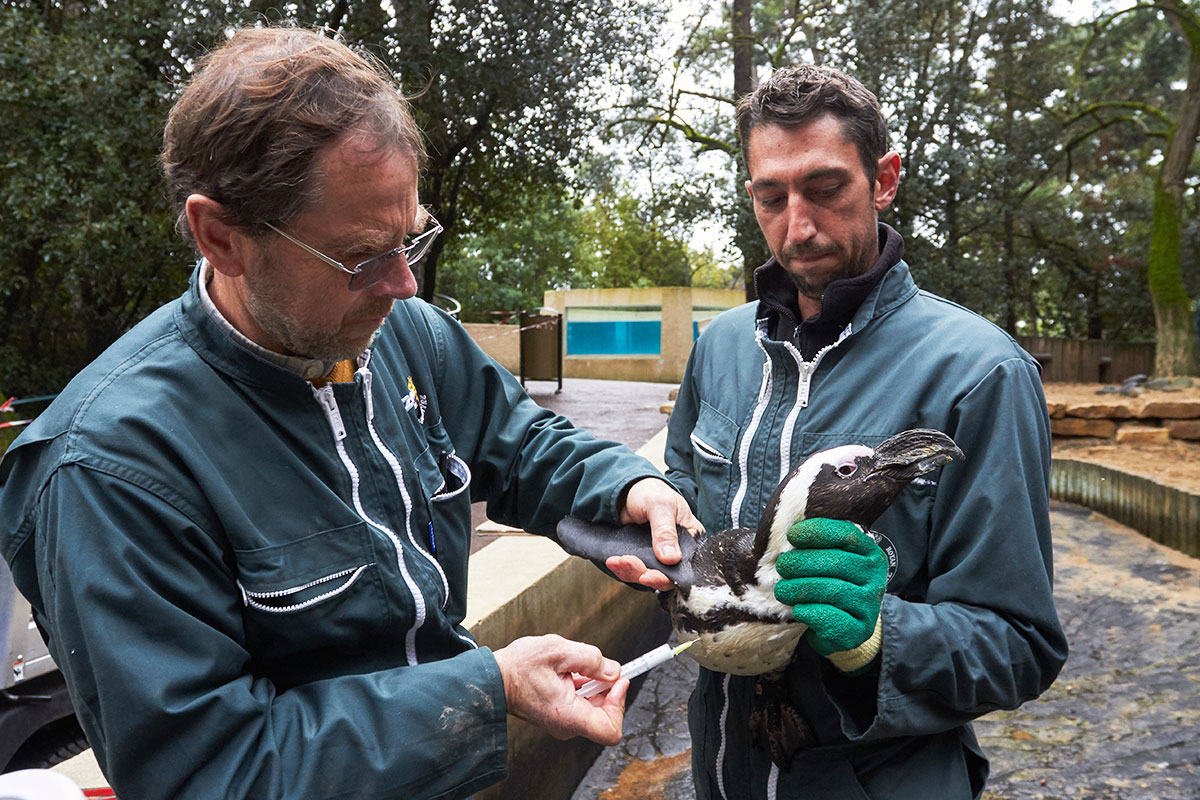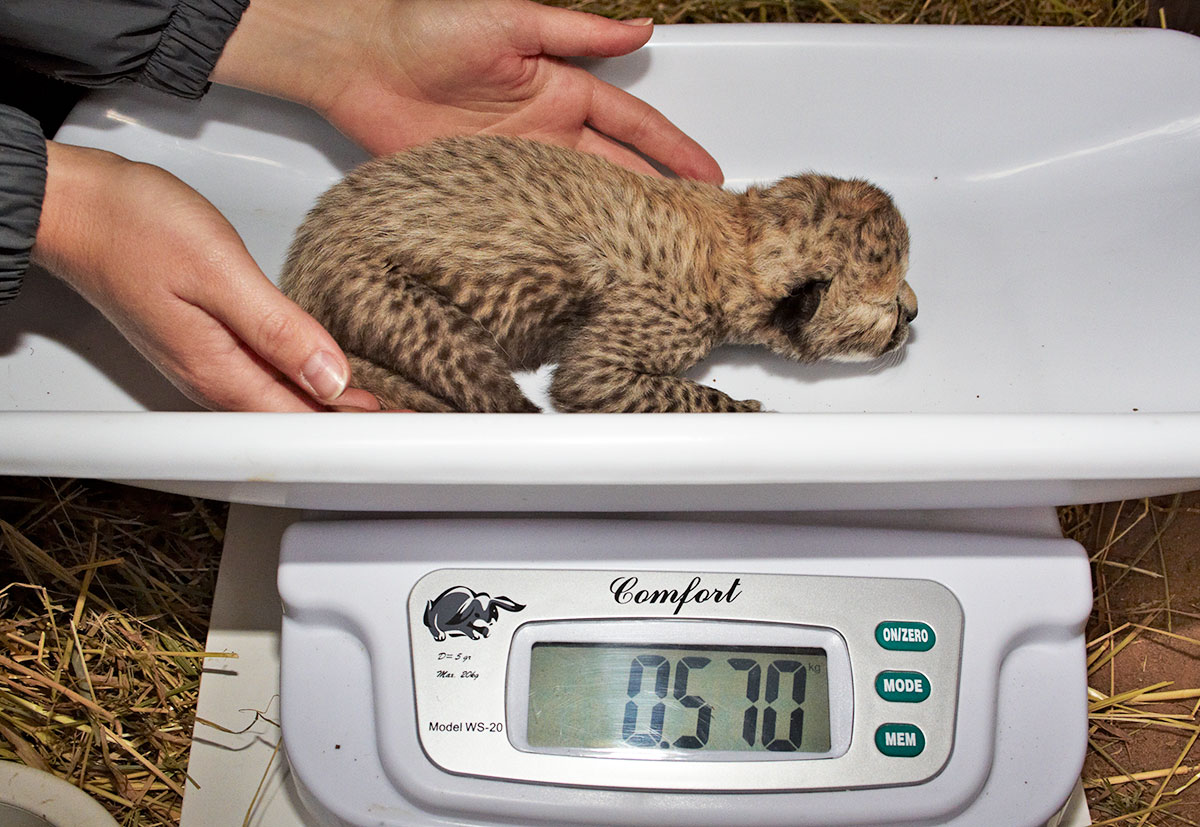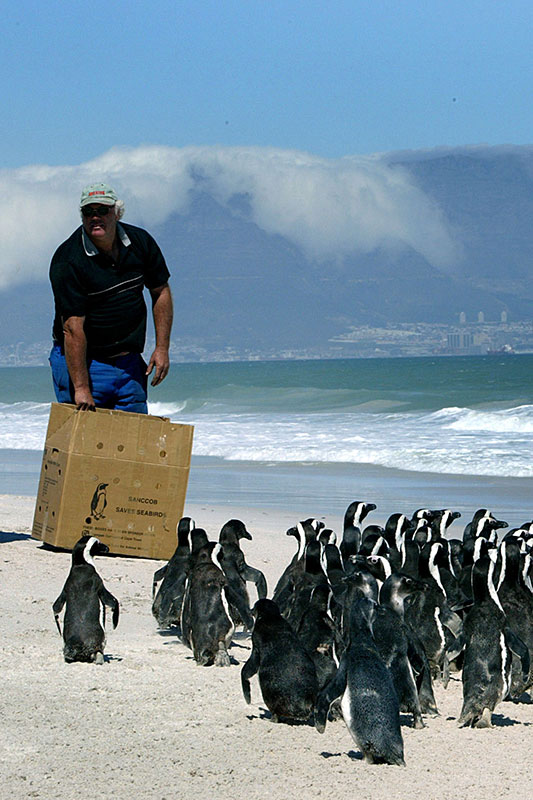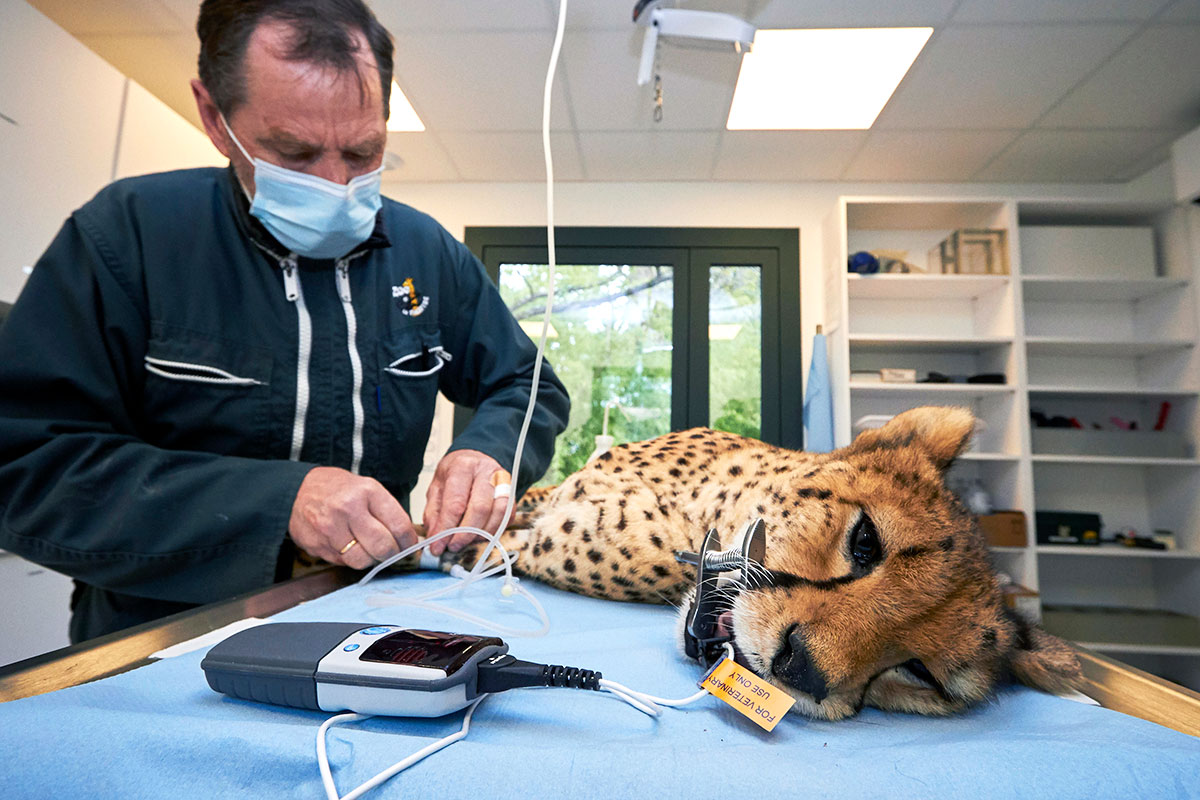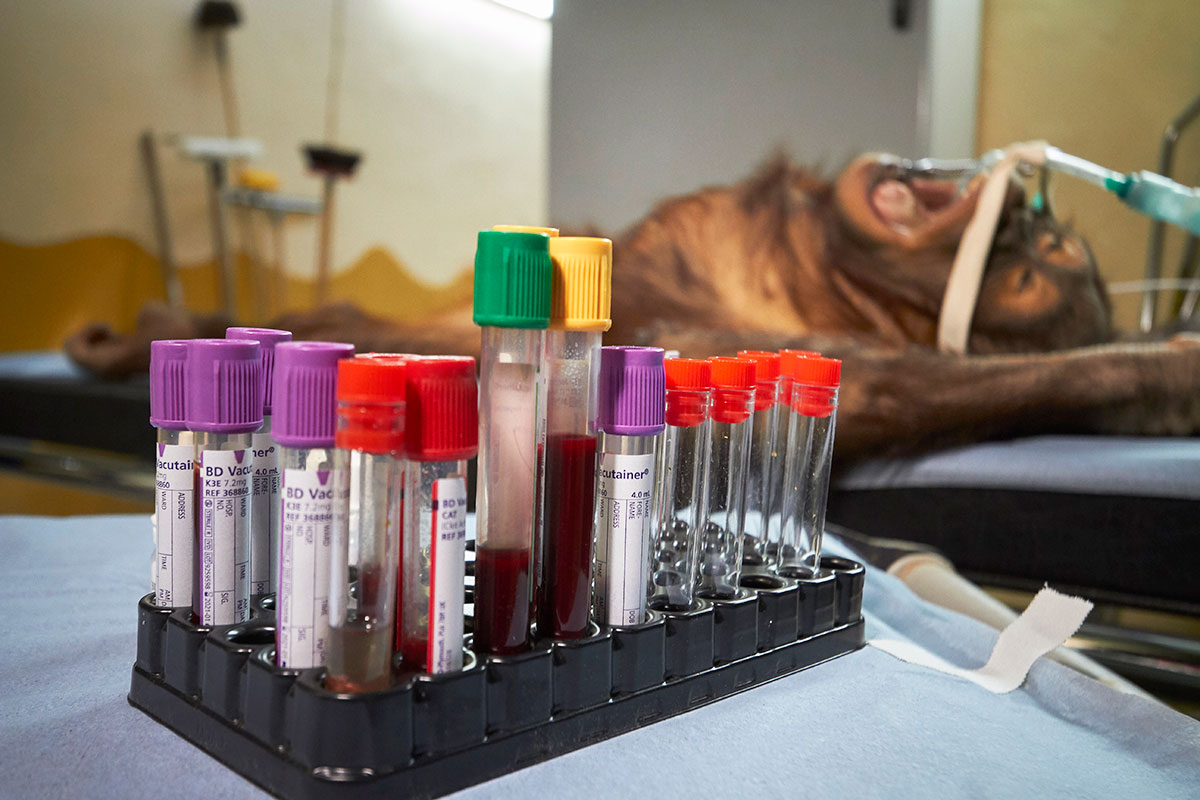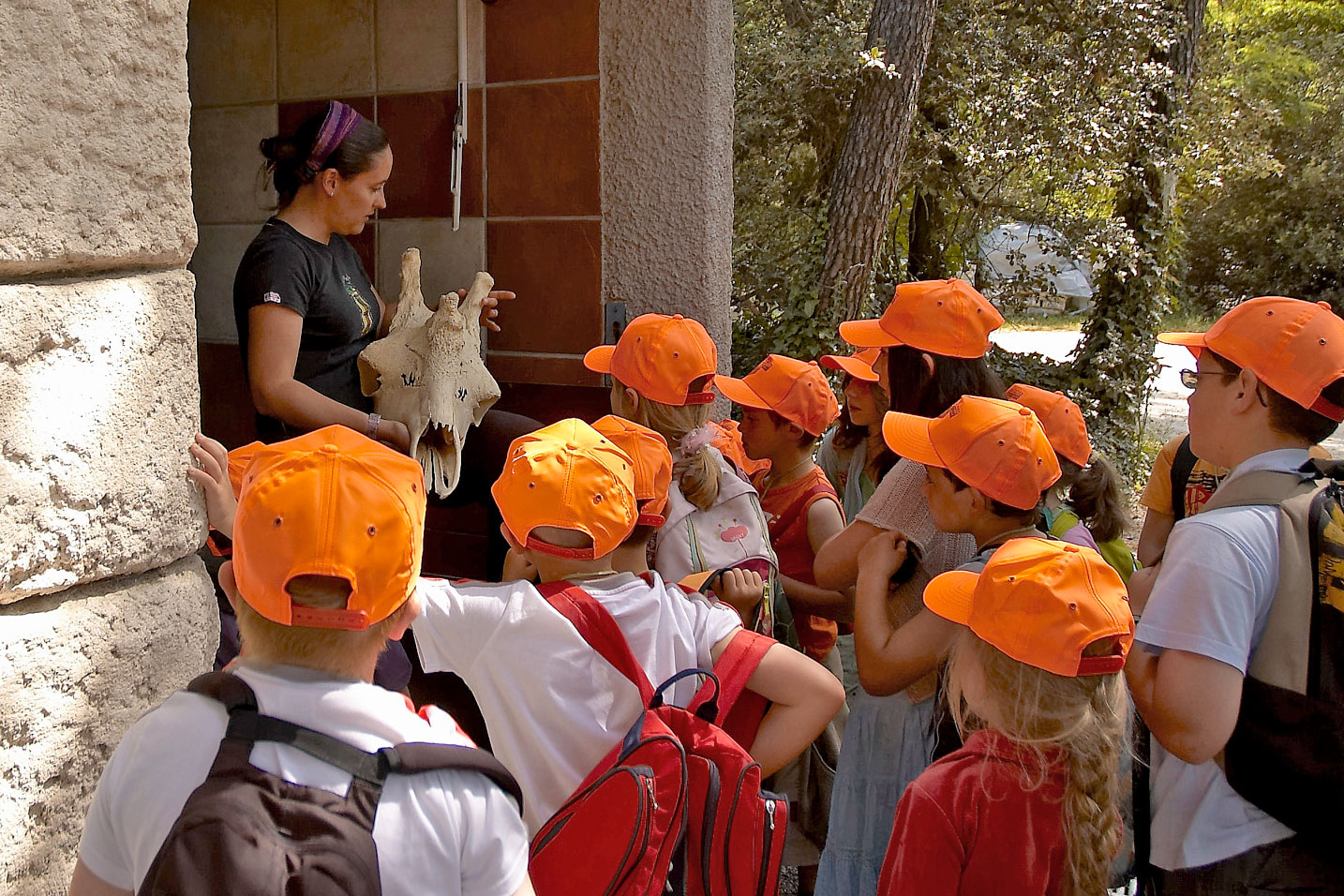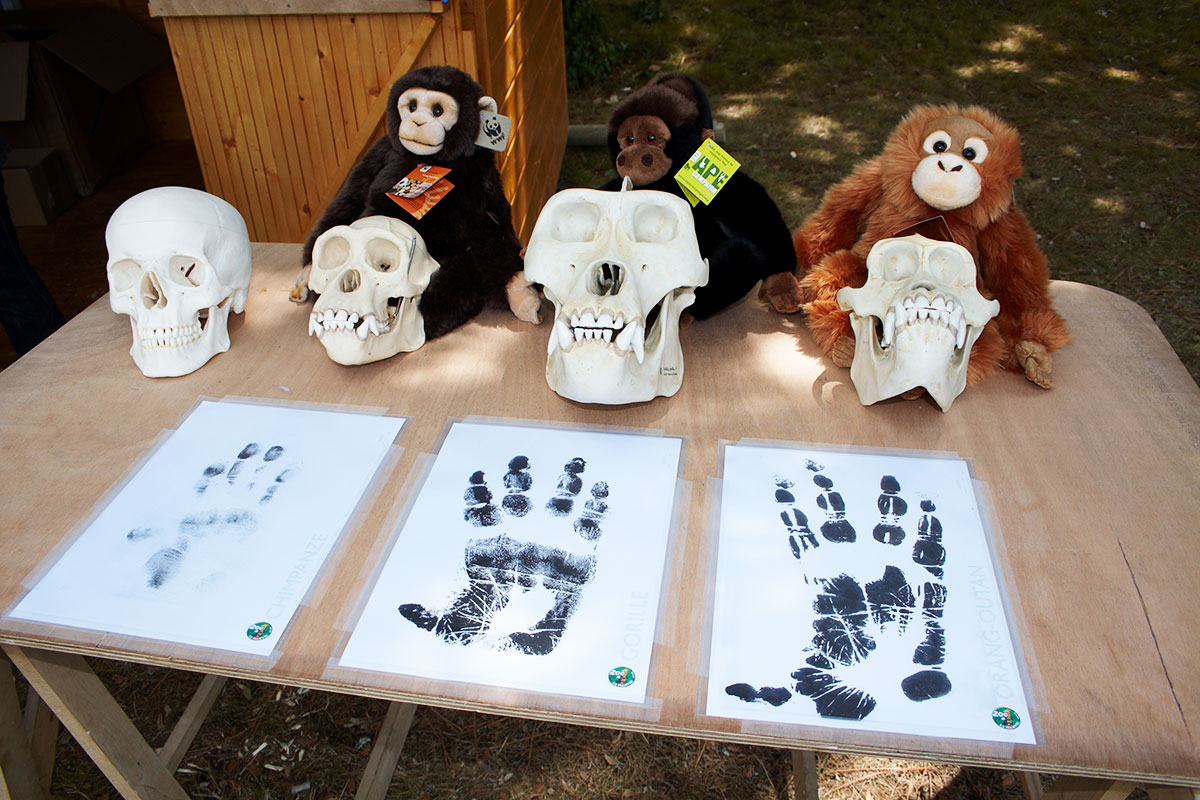Our missions

Veritable treasuries of endangered species, modern-day zoos are driven by the desire not only to show animals but to help us to understand them. Their missions are based around three main aims:
Conservation
Research
Education
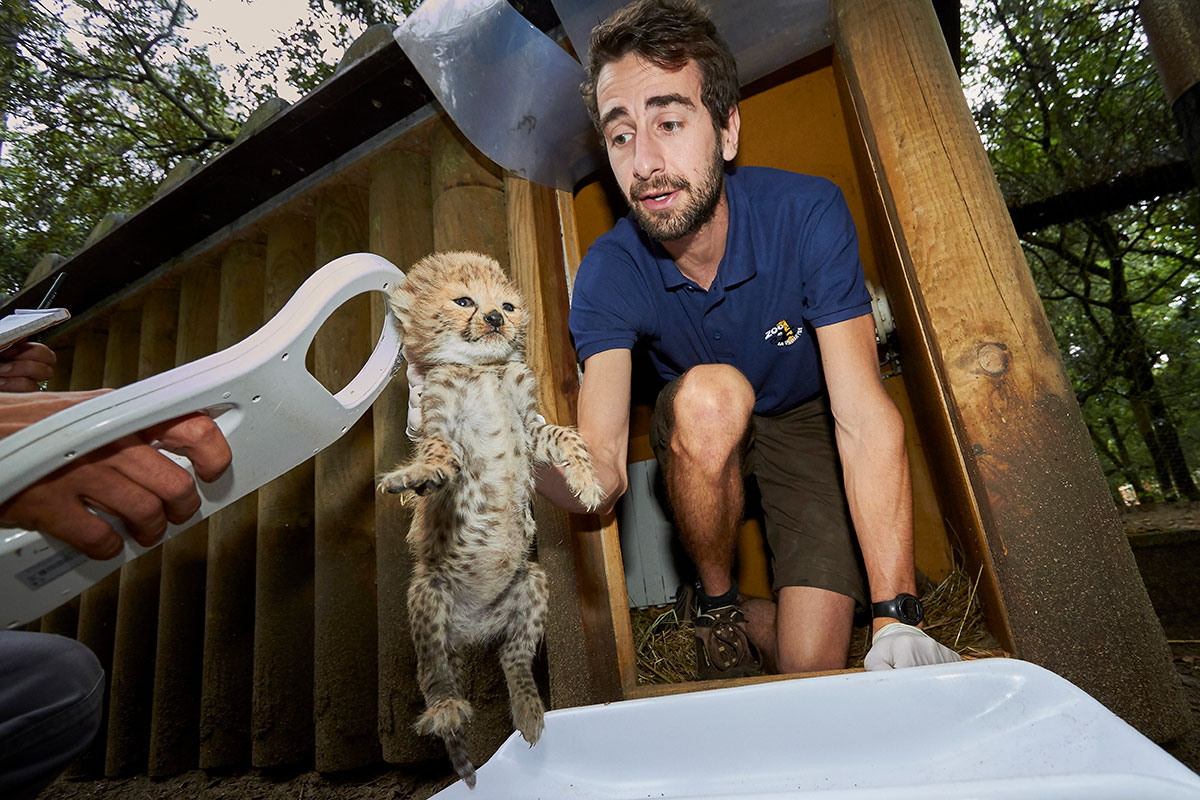
Conserving and breeding endangered species
Habitat protection and the fight against hunting and illegal trade are essential but not always sufficient in themselves. Sometimes zoos need to put joint breeding programs into place to safeguard endangered species: this is known as ex situ conservation (meaning it takes place outside the animal’s natural environment).
Created by zoos in the middle of the 1980s, the EEPs (European Endangered species Programmes, now called EAZA Ex situ Programmes) manage more than 400 species in Europe on an intensive basis.
Every species that comes under an EEP is allocated a coordinator who records the births, the deaths and the transfers in a particular species in order to carry out demographic and genetic analysis of its population and produce recommendations for the species’ management (breeding, transfers to another zoo…). Each EEP strives to maintain a healthy, sustainable population (with a genetic diversity of at least 90% over a period of 100 years) and demographic stability. Indeed, good genetic variation and hence limited inbreeding help ensure the long-term viability of an animal population by making it adaptable to sudden changes in its environment.
The Zoo de La Palmyre is involved in more than 60 EEPs.
Partnering with conservation stakeholders in the field
La Palmyre Zoo takes an active part in the conservation of endangered species by providing NGOs working in the field with financial, scientific, technical or logistical support. This is known as in situ conservation.
The measures taken differ according to the organizations supported but the overall aim is the same: to preserve animals whose short-term survival is threatened by deforestation, hunting, an increase in human activity, the destruction of ecosystems... The Zoo de La Palmyre currently helps finance about 20 conservation programs worldwide.
A place for scientific research
Having live collections means that zoos all over the world can contribute to research programs on various subjects: genetics, artificial insemination, environmental enrichment, behaviour, nutrition, parasitism, care and breeding techniques, cognition...
The Zoo de La Palmyre regularly collaborates in work led by universities, veterinary schools and research institutes on veterinary or human medical applications – by providing samples of hair, feathers, blood or even faeces, for example. All research is non-invasive, with the zoo vet taking the samples when an animal has to undergo an anaesthetic for medical reasons.
The Zoo de La Palmyre has most notably taken part in genetic research relating to Cheetahs, Southern Ground Hornbills and African Wild Dogs, and in research into White Rhino breeding, primate gripping, social communication in humans and apes, the parasitic pathology of the Red Panda...
Raising awareness about the protection of biodiversity
The zoo welcomes many school groups throughout the year, hosting educational workshops on various themes, tailored to the children’s age and level. All workshops take place in the heart of the zoo, in front of the animal enclosures. At the same time as teaching schoolchildren about a particular species, they highlight the importance of preserving endangered species and the planet as a whole, and discuss the means of doing so.
The zoo also joins occasionally the endangered species awareness campaigns organized by EAZA and WAZA, depending their thematic. It thus supported the Rhino Campaign in 2006, the Madagascar Campaign in 2007, the Year of the Gorilla Campaign in 2009, the Ape Campaign in 2011 and the Pole to Pole Campaign in 2014. It also welcomes its conservation partners on booths set up in the park during special days.
Lastly, student vets and ethologists are regularly welcomed into the zoo as interns. Working with the zoo vet, student vets work on wild animals using techniques that are often very far removed from what is learned in traditional veterinary medicine. The young ethologists, meanwhile, can see first-hand the animal behaviour they are studying. Their observations often help to improve the management of a particular species in zoos.
